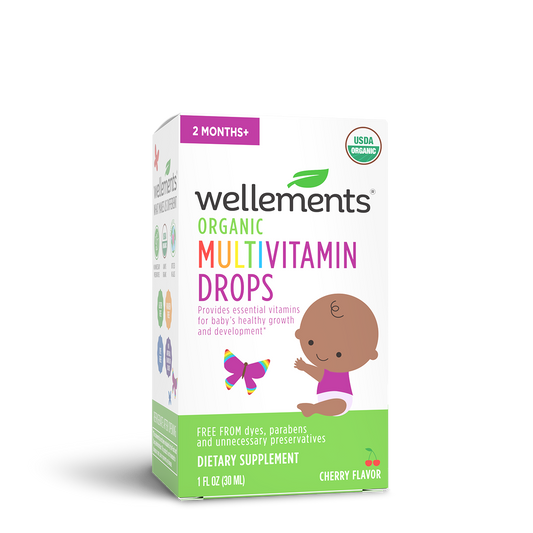Active Ingredients Vs. Inactive Ingredients in Baby Products: What's the Difference?
| updated:Share

Most medications or remedies, whether over-the-counter or prescription, contain active and inactive ingredients. The terms seem straightforward enough, but why is it necessary if a component is inactive?
When giving your little one medication, the last thing you want is to question the legitimacy of a product or its ingredients. The term "inactive" seems to imply hidden, but there is nothing sneaky about inactive ingredients. Experts assure parents that both inactive and active ingredients are essential to the effectiveness of most medications or remedies.
What Are The Active Ingredients in Baby Products?
Active ingredients in a baby product (or any product) are the substances that trigger its effect. For example, the active ingredients in a cough medicine are the substances that help ease a sore throat and suppress the cough.
When looking for OTC options for your little one or discussing possible prescriptions with their pediatrician, the active ingredients are the essential considerations.
However, while active ingredients point to a product's effectiveness and applicability, you should pay attention to inactive ingredients. All ingredients hold value.

What Are The Inactive Ingredients in Baby Products?
Inactive ingredients or excipients in baby products (or any product) are substances that rarely affect people or babies. Some may experience a side effect from an inactive ingredient, like an allergic reaction, but this is unlikely.
Inactive ingredients can help the body absorb and break down medications. They can also stabilize active ingredients or extend the product's shelf life. Manufacturers often use excipients for coatings, flavorings, fillers, or preservatives.
Before using any baby product, review the inactive ingredients for potential allergens.
Also, if you are unsure of the safety of a specific product, note the ingredients on the label and consult your child's pediatrician.
Do Inactive Ingredients Matter in a Baby Product?
The primary concern about inactive ingredients is an allergic reaction. Preservatives can present an allergy risk to little ones, so it is best to avoid products containing:
- Methylchloroisothiazolinone
- Methylisothiazolinone
- Parabens (methyl, ethyl, propyl, butyl, isobutyl)
Purchasing organic baby products may be better if you are concerned about inactive ingredients. Wellements is the first solely certified-organic brand offering remedies and supplements only for little ones. We take pride in our products being preservative-free, which means a lower risk of adverse reactions from preservatives.

What Active Ingredients Should You Look for in Baby Products?
As you scan store shelves or online retailers for safe baby products, you primarily want to look for items that contain ingredients you recognize. Looking for labels that say things like "clinically proven," clinically tested," or "natural" means almost nothing because of a lack of regulation on most OTC products.
Instead of trusting the label, look for products that back up their claims. Many legitimate manufacturers will allow consumers to review third-party testing and research.
Besides looking for science-backed products, you also want to avoid too many chemicals. Your baby's body is still developing and likely sensitive to many chemical ingredients. Whenever in doubt about a product's efficiency, talk to your child's pediatrician.
What Inactive Ingredients Should You Look for in Baby Products?
The FDA deems many OTC products and prescriptions safe, but, as a parent, there are several inactive ingredients that you may want to avoid. Many wellness experts recommend parents stay away from products containing:
- Preservatives
- DEA and TEA
- Dimethicone
- Artificial colors and perfumes
- Emulsifying and foaming agents
Many products sold in stores or prescribed by physicians contain active and inactive ingredients. Inactive ingredients usually present few risks, but allergic reactions and other side effects are possible. Before using any product on your baby, talk to a doctor about whether it is safe. When it comes to your little one's safety, taking extra precautions is always a good idea.
3.8 /
5.0
(153)
153
total reviews
Multivitamin Drops
Sale price
$14.99



